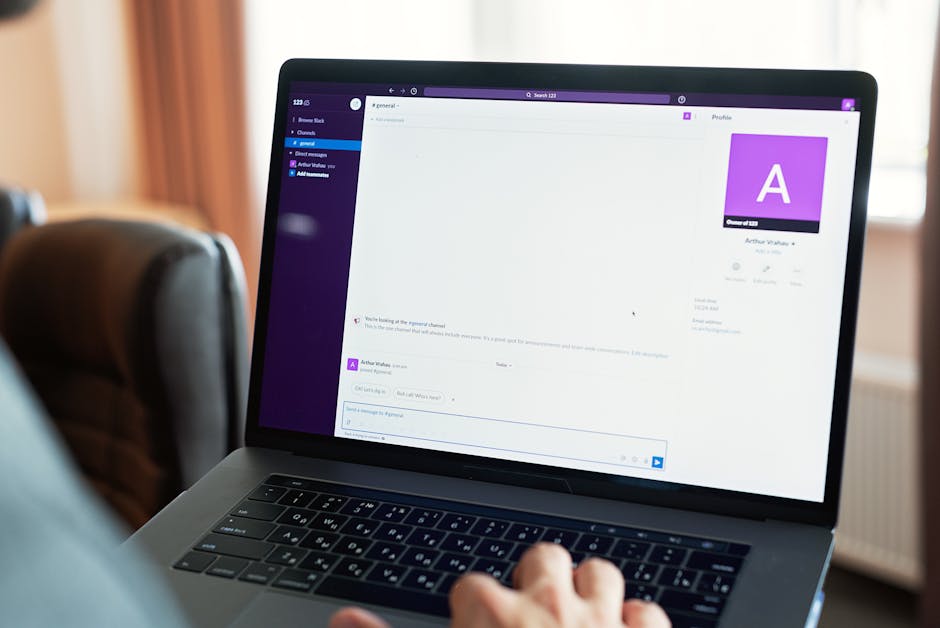Rethinking Education: The Rise of Online Learning Platforms and Their Impact
Online learning platforms have transformed the way individuals access education, offering alternatives to traditional classroom settings. As technology integrates into daily life, these platforms are not merely supplementary but have become central for those seeking flexible, affordable, and accessible learning opportunities. Their significance was amplified during the global health crisis in recent years when physical attendance at schools and universities was disrupted, compelling a shift toward digital education. As a result, both learners and educators are rethinking approaches to education, evaluating its reach, effectiveness, and potential for inclusivity.

The Growth of Online Learning Platforms
Online learning platforms have grown exponentially over the past decade. What began as niche services like Khan Academy has evolved into a global phenomenon with massive players such as Coursera, edX, and Udemy catering to millions of users worldwide. According to Statista, the e-learning market is projected to reach $375 billion by 2026 (statista.com), driven by an increasing demand for upskilling and reskilling in various sectors.
These platforms provide diverse courses ranging from academic subjects to professional certifications and personal development skills. They often include features such as video tutorials, interactive quizzes, peer discussions, and instructor feedback that mimic classroom experiences while leveraging the benefits of digital tools.
One of the reasons for this growth is affordability. Unlike traditional education models that require significant tuition fees and additional costs for commuting or housing, many online platforms offer free or low-cost courses. For instance, edX allows learners to audit courses for free while charging nominal fees for verified certificates.
Accessibility and Flexibility
The flexibility of online learning platforms has revolutionized how people approach education. Students can access content anytime and from anywhere, which is particularly beneficial for working professionals or individuals in remote areas. This accessibility helps bridge educational gaps caused by geographical or financial constraints.
An example of this flexibility is the ability to learn at one’s own pace. Unlike rigid semester schedules in traditional institutions, learners on platforms like Udemy can pause lessons, revisit materials, or even speed through sections they find easier. This personalized approach accommodates diverse learning styles effectively.
- Access to quality resources regardless of location
- Opportunities for lifelong learning
- Adaptability for different skill levels
Furthermore, online platforms have made strides in catering to differently-abled students by incorporating accessibility features such as closed captions, text-to-speech functions, and screen-reader compatibility.
The Role of Technology in Shaping Digital Education
Advancements in technology have played a critical role in enhancing the effectiveness of online learning. Artificial intelligence (AI) enables personalized learning experiences by analyzing user data to recommend tailored content or identify areas where students may struggle.
Virtual reality (VR) and augmented reality (AR) are also being utilized to simulate real-world scenarios for more interactive and immersive experiences. For example, medical students can practice surgical procedures in a virtual environment before transitioning to actual operations.
Another major contribution is the development of Learning Management Systems (LMS) like Moodle and Blackboard that allow educators to design structured courses with integrated assessments, tracking tools, and communication channels.
Impact on Traditional Education Models
The growing reliance on online platforms has prompted traditional educational institutions to rethink their strategies. Many universities now offer hybrid programs combining in-person classes with online components to provide greater flexibility while maintaining academic rigor.
For instance, Harvard University and MIT collaborated to create edX (edx.org), allowing them to extend their courses globally without requiring students to physically attend their campuses. This blend of traditional prestige with digital innovation has been well-received by students worldwide.
Concerns remain about the lack of face-to-face interaction inherent in online learning. Critics argue that physical classrooms foster social skills and networking opportunities that cannot be fully replicated digitally.
Challenges Facing Online Learning Platforms
Despite their advantages, online learning platforms face several challenges. Internet connectivity issues remain a significant barrier in developing countries where reliable access is limited or unaffordable for many individuals.
Additionally, maintaining student motivation can be difficult without the structured environment of a classroom. High dropout rates are often reported on these platforms due to a lack of accountability or personalized support systems.
Another concern revolves around the quality of content. While prestigious institutions often ensure high standards for their courses, user-generated content on some platforms can be inconsistent or outdated without rigorous vetting processes.
The Future Potential of Online Learning
The potential of online learning platforms extends beyond individual benefits; they have societal implications as well. By democratizing access to education across economic strata and geographical boundaries, these platforms can contribute significantly toward reducing global inequalities in knowledge dissemination.
Partnerships between governments and private companies could further enhance their reach and impact. Initiatives like India’s SWAYAM platform demonstrate how public-private collaborations can make quality education accessible even in underserved regions (swayam.gov.in).
The shift toward online learning has marked a significant milestone in educational history. These platforms have not only made knowledge more accessible but also highlighted the importance of adaptability in an ever-changing world. While challenges such as accessibility gaps and content quality remain pressing issues, ongoing technological advancements suggest promising solutions are on the horizon.
The integration of online learning into mainstream education signifies a broader commitment to inclusive growth and continuous improvement. By addressing existing limitations collaboratively (across institutions, governments, and communities) online education has the potential to reshape how future generations learn and thrive globally.
This article was generated by AI